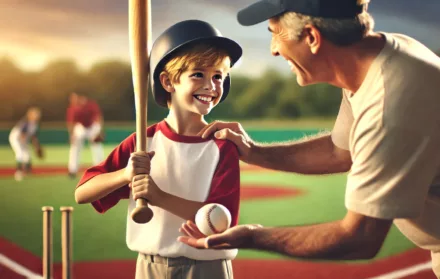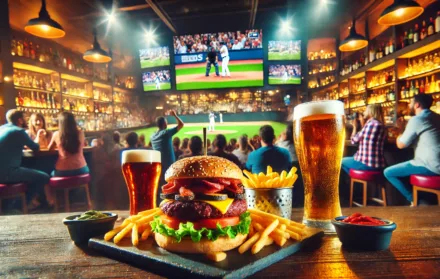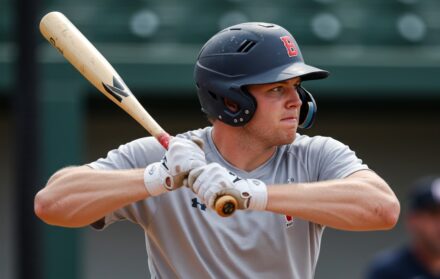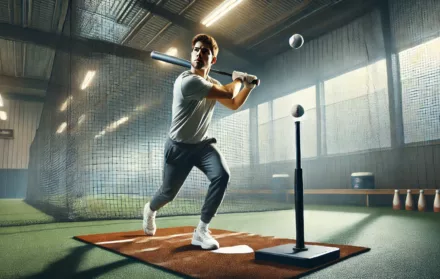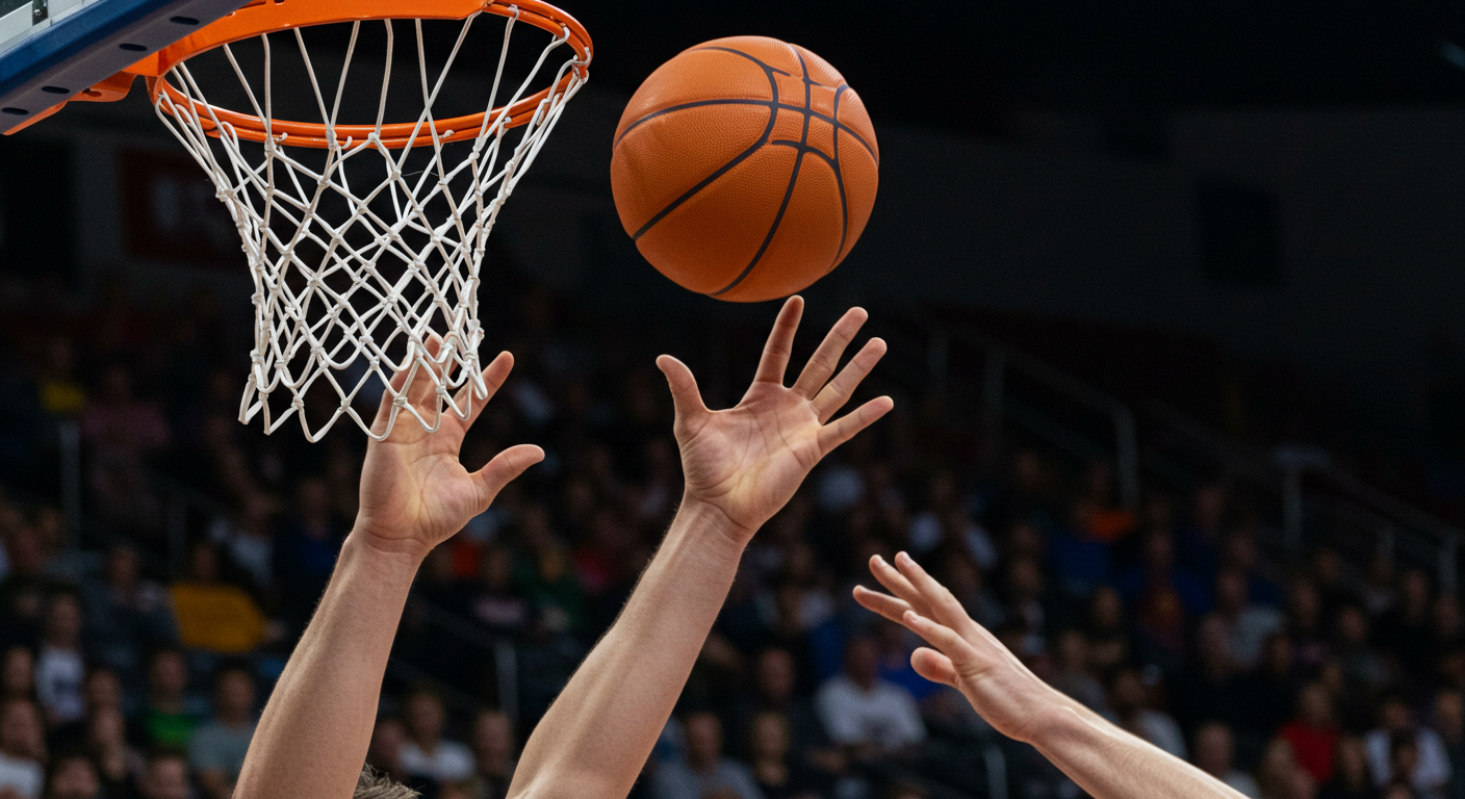
How Do You Become a Better Basketball Rebounder?
Coaches often say that rebounds win games, and history supports the claim. Think of players like Dennis Rodman in the NBA or Charles Barkley, who were able to dominate matches without scoring heavily simply because they controlled the boards. At every level of basketball, rebounding shifts momentum, creates second chances, and denies opponents opportunities.
There are countless examples of players who transformed their careers through rebounding. A role player who relentlessly boxed out and collected missed shots suddenly became indispensable, even on teams filled with stars. What makes rebounding unique is that it combines high basketball IQ, skill, physicality, timing, and mentality. Unlike pure shooting, anyone can elevate their impact with the right approach.
This article promises you a research-driven plan for becoming a better basketball rebounder. It blends biomechanics, practical drills, athletic conditioning, mindset preparation, and live-game integration. By following this roadmap, you will not only improve your rebounding numbers but also influence games in ways that go beyond the stat sheet.
The Anatomy of a Good Rebound: Key Principles
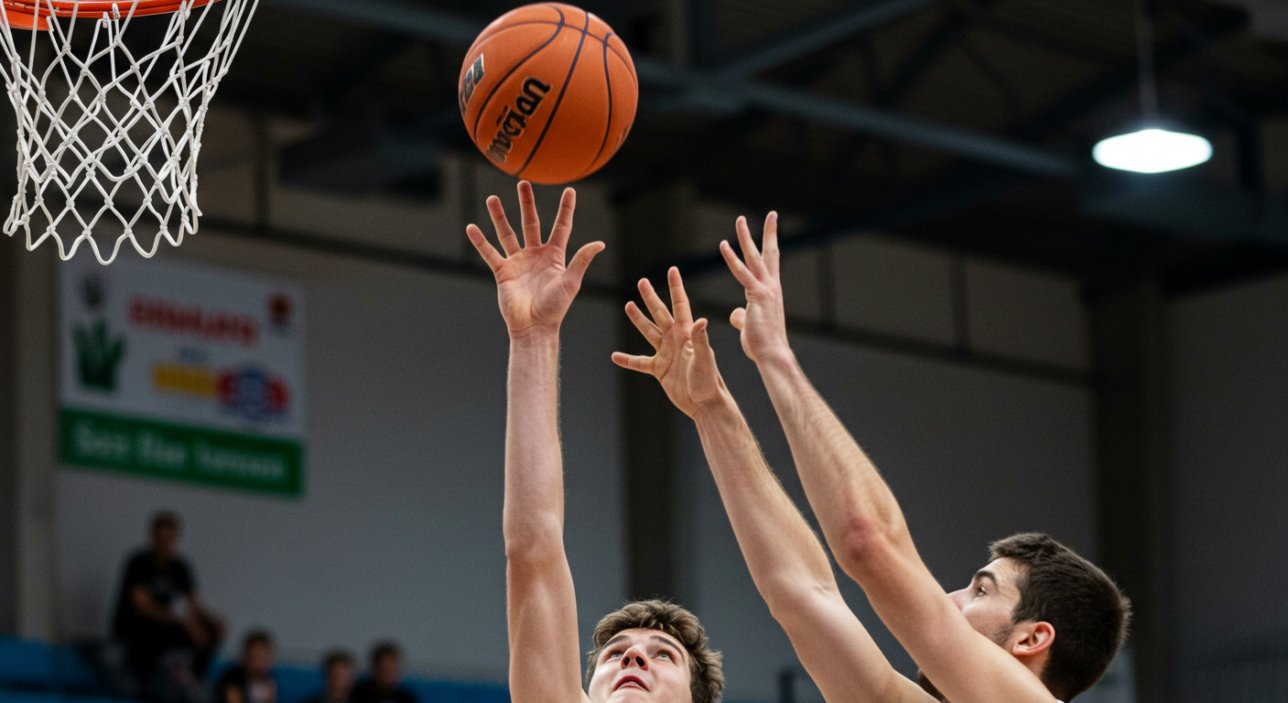
Rebounding looks simple — jump, grab, and secure — but the anatomy of a rebound is much more complex.
Anticipation and positioning are the starting points. The best rebounders are not always the tallest or the strongest, but often the ones who read the trajectory of the ball quickly. Understanding shooting angles, backboard bounce patterns, and likely landing spots gives you an early edge. Studies of rebound tracking show that approximately 70 per cent of missed shots fall on the weak side, a pattern elite rebounders exploit.
Boxing out is the classic principle. Establishing an inside position with a strong hip-and-shoulder seal denies opponents access to the ball. Coaches often teach “hit, find, and get” — make contact, turn to locate the ball, and then pursue it.
Timing and vertical leap play an equally critical role. Scientific studies of basketball performance confirm strong correlations between vertical jump height and rebound rates. Timing, however, magnifies leaping ability. A smaller player with impeccable timing often beats taller opponents who mistime their jump.
Explosive power and strength are essential for holding your ground. Lower-body drive lets you resist being moved, while upper-body strength enables you to tip contested rebounds into space or control them firmly in traffic.
Hand control and body balance complete the picture. Securing the ball in a crowd requires soft but strong hands, while mid-air body control ensures you land safely and in position to make the next play.
Foundational Drills to Build Rebounding Skills
Drills establish the instincts and reactions necessary for consistent rebounding.
-
Box-out and rip-out drills: With a partner, practise making first contact, sealing, and then aggressively ripping the ball out of the air. Resistance bands or physical contact can simulate real-game collisions.
-
Tip drills: Using the backboard, repeatedly tip the ball with alternating hands to train timing, hand-eye coordination, and jump endurance.
-
Rebound and putback drills: Toss the ball against the board, rebound aggressively, and finish immediately at the rim. This not only trains rebounding but also develops second-chance scoring instincts.
-
Drop-step rebound drills: Simulate catching the ball under the rim, pivoting with a drop-step, and securing space before passing out or going up again.
These foundational drills lay the groundwork for reliable rebounding mechanics.
Footwork, Angles and Positioning Drills
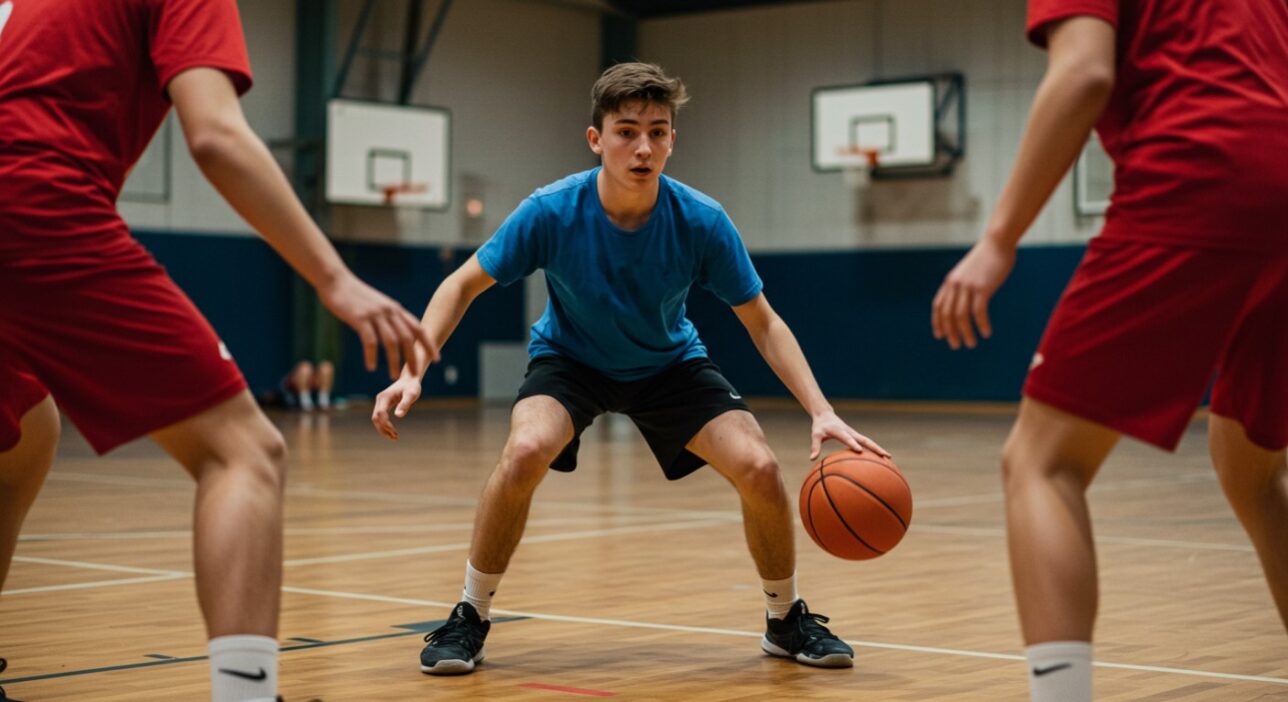
Good footwork often beats raw athleticism.
-
Lateral slide drills: Practise shuffling quickly into the box-out position against an approaching opponent.
-
Step-through and seal drills: Work on turning the hips and stepping through to gain inside positioning without fouling.
-
Angle training: Set up scenarios where shots come from the wings, corners, or top of the key, and practise anticipating rebound angles.
-
Ghosting drills: Without a ball, simulate the movement of boxing out, stepping into angles, and reacting to an imaginary shot. This builds muscle memory so that your body reacts instinctively in games.
Strength, Explosiveness and Athletic Support
To become a better basketball rebounder, physical preparation cannot be ignored.
-
Lower-body strength: Squats, deadlifts, and lunges enhance the ability to hold position and explode upward. Strong legs also reduce fatigue late in games.
-
Plyometrics: Exercises such as box jumps, depth jumps, and medicine-ball slams improve vertical leap and reaction speed. Research consistently shows that plyometric programmes increase vertical jump by measurable margins.
-
Core and hip stability: Planks, rotational lifts, and hip bridges reinforce the stability needed to maintain balance while absorbing contact.
-
Calf and ankle strength: Calf raises, ankle hops, and mobility drills prevent injury and enhance second-jump quickness.
A consistent programme of strength and plyometric training ensures that your body can execute the skills rehearsed in drills.
Feedback and Metrics: Tracking Rebound Performance
![]()
Improvement must be measurable. Start by tracking rebound rate — the number of rebounds you secure per 100 possessions. Coaches often prefer this metric over raw totals because it adjusts for pace and playing time.
Video analysis is invaluable. Reviewing footage allows you to spot whether you are consistently boxing out, mistiming jumps, or drifting too far from your zone.
Compare your numbers and mechanics with benchmarks set by elite rebounders. For example, if you are consistently being outmuscled, focus on strength; if you are missing timing windows, refine your anticipation drills.
Incremental adjustments are key. Correct one variable at a time, such as lowering stance for boxing out or shifting angle on weak-side positioning.
Mindset, Effort and Rebounding Mental Habits
While rebounding requires physical tools, it is often won by mindset. Elite rebounders cultivate the belief that every missed shot is theirs. They crash the boards on every possession, regardless of fatigue or game context.
Effort is non-negotiable. Many rebounds come down to who hustles harder. Consistency is critical, too. The best rebounders deliver in the first quarter and the fourth quarter alike, even when their legs are heavy.
Mental toughness also matters. Traffic rebounds involve elbows, collisions, and constant contact. Players must embrace the physical battle and see it as an opportunity rather than a burden.
Advanced Tips for Rebounding in Game Situations
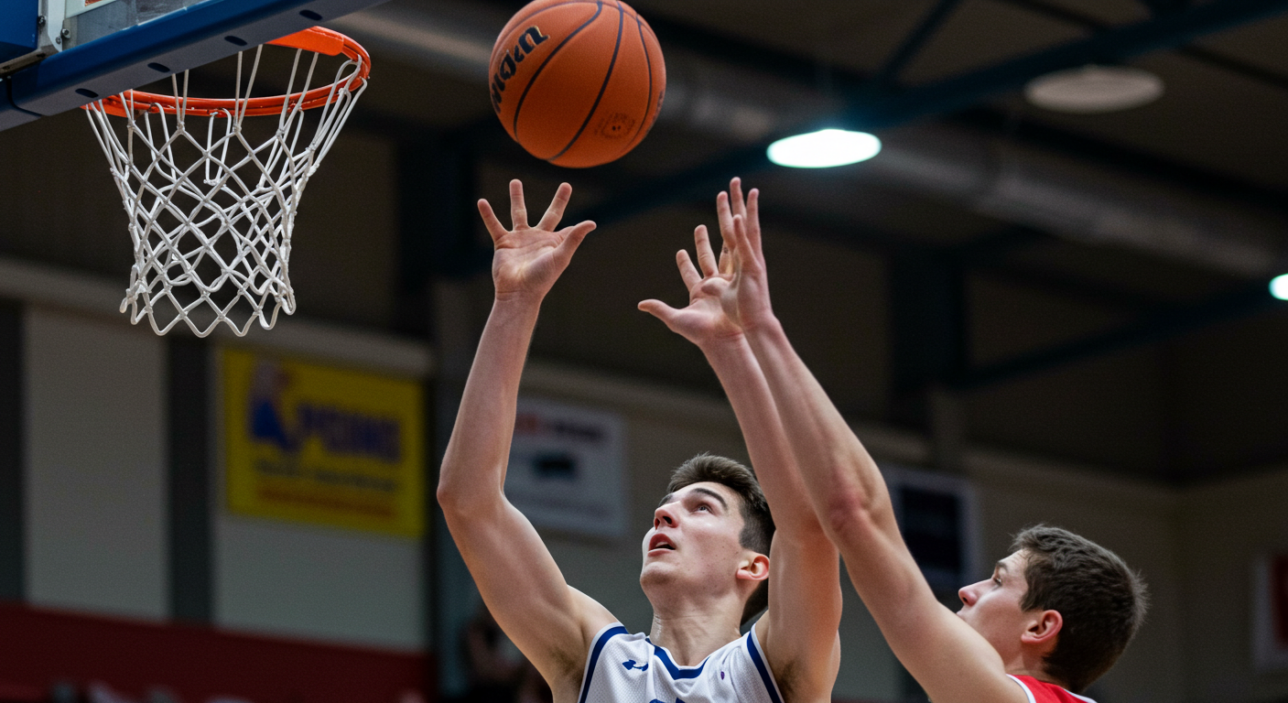
As you progress, mastering situational rebounding elevates your impact.
-
Rebounding out of picks and screens: Learn to navigate contact, fight through screens, and re-establish position for rebounds.
-
Tip passes and outlet creation: Instead of always securing the ball, practise tipping it to a teammate for a fast break. Many great rebounders initiated transition offence this way.
-
Weak-side rebounding: Positioning on the weak side pays off disproportionately, as most misses fall there. Train yourself to anticipate and move into that space early.
-
Transition and long-shot anticipation: Long three-pointers often produce long rebounds. Guards who anticipate this can grab easy boards and start breaks.
These advanced strategies separate average rebounders from game-changers.
Common Mistakes That Block Rebound Improvement
Avoiding mistakes is as important as adding new skills.
-
Neglecting the box out: Jumping without establishing contact usually results in losing the rebound.
-
Chasing out of position: Overextending beyond your zone leaves gaps for opponents.
-
Hesitation or avoiding contact: Rebounding is a physical task, and reluctance to embrace contact is a fatal flaw.
-
Jumping without control: Elevating too early or without balance reduces the chances of securing the ball.
Correcting these mistakes will significantly raise your effectiveness.
FAQs
Can guards also become good rebounders?
Yes. Guards who anticipate long rebounds and commit to crashing the boards can contribute heavily. Players like Russell Westbrook are proof that guards can average high rebound numbers.
How many rebounds per game should I aim for?
Targets depend on role and minutes, but aiming for 6 to 8 rebounds per game as a forward or 3 to 5 as a guard is realistic.
Does height matter more than technique?
Height helps, but technique and positioning often beat size. Countless shorter players out-rebound taller opponents through timing and hustle.
When should I change my rebounding techniques?
If video review shows repeated failures — such as losing position despite contact — it may be time to adjust mechanics or footwork. Small refinements are often enough.
Conclusion: Building Rebounding Excellence
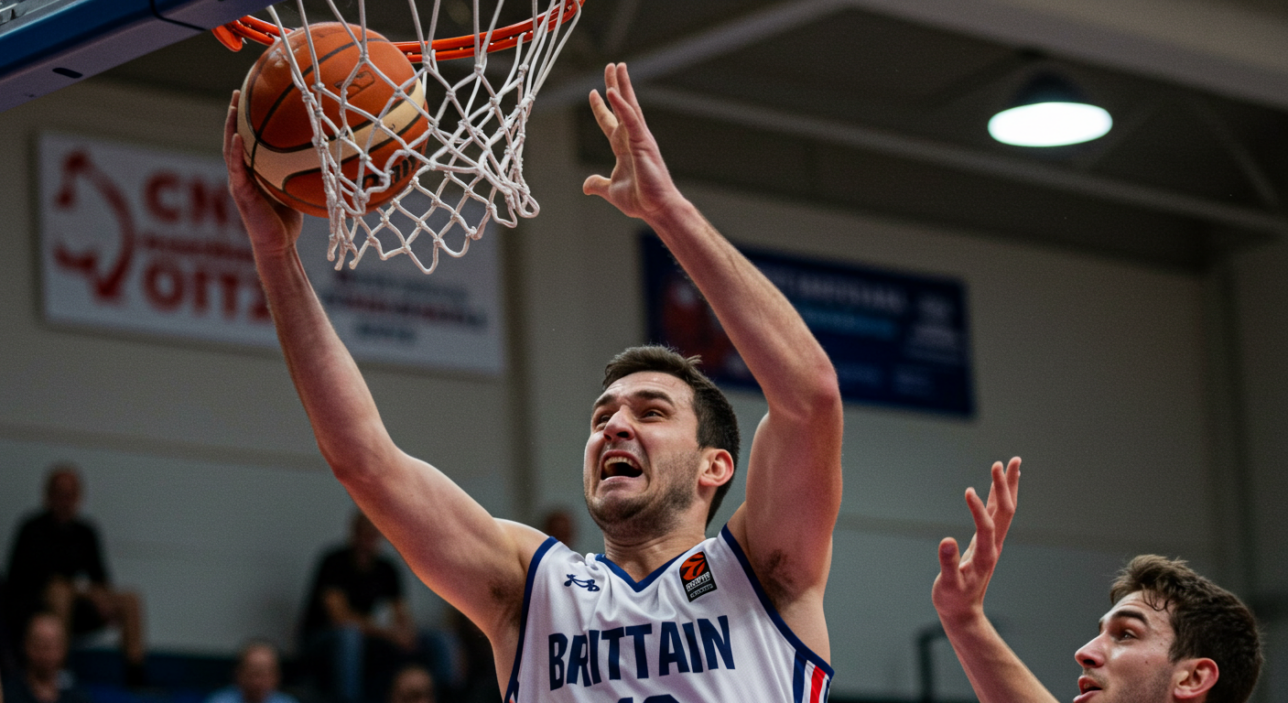
Becoming a better basketball rebounder requires a holistic approach. Fundamentals such as anticipation, boxing out, and timing are the foundations. Structured drills develop instincts, while footwork and positioning refine execution. Strength and plyometric training provide the physical power to hold ground and elevate consistently.
Feedback through metrics and video analysis ensures steady progress, while mindset and effort turn good mechanics into relentless consistency. Advanced tactics, such as weak-side positioning and outlet passes, unlock greater impact within team play.
Improvement will not happen overnight. Expect months of steady gains and years to fully master the craft. Start with one skill — perhaps boxing out or weak-side positioning — and commit to refining it for six to eight weeks. Track your performance, adjust, and then layer on new elements.
Rebounding is not glamorous, but it changes games. By combining evidence-based training, physical conditioning, and a relentless mindset, you can elevate your presence on the boards and become a player every coach trusts when the ball goes up.
